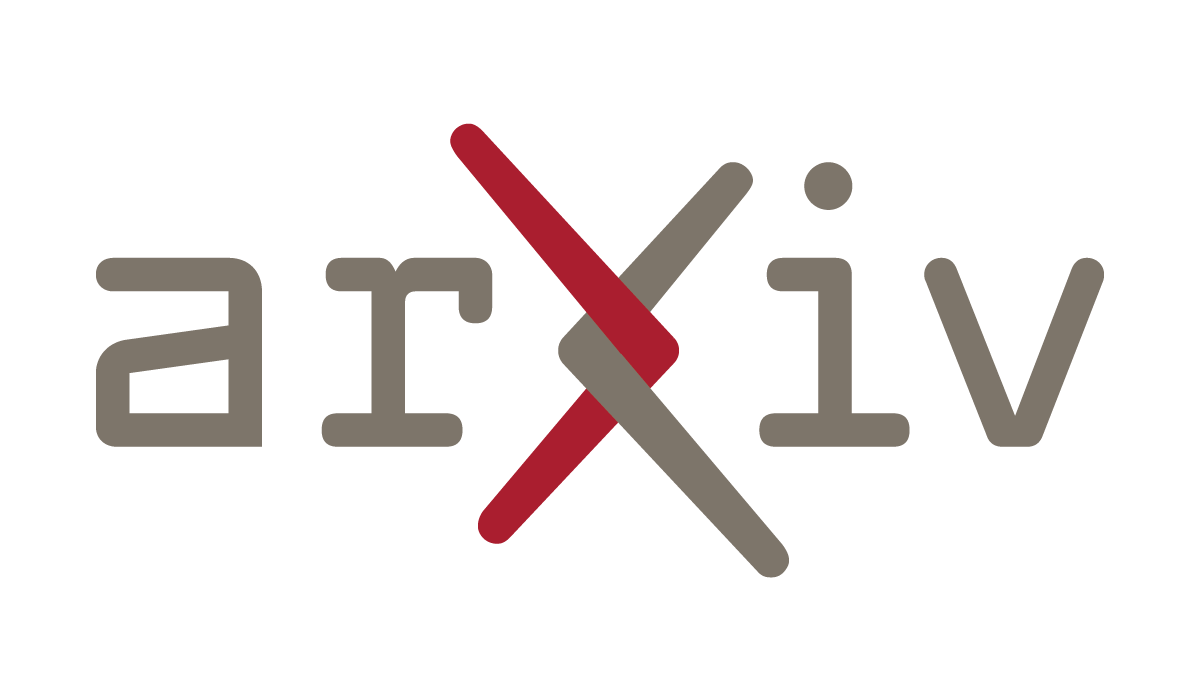2
Feasibility study of a mission to Sedna -- Nuclear propulsion and advanced solar sailing concepts
arxiv.orgExploring the outer reaches of the Solar System presents significant propulsion and mission design challenges. This study assesses the feasibility of a mission to Sedna using two advanced propulsion concepts: the Direct Fusion Drive (DFD) rocket engine, based on D-$^{3}$He thermonuclear fusion, and a solar sail utilizing thermal desorption of its coating for propulsion. Both are evaluated for a one-way Earth-to-Sedna mission; however, due to the different performances the DFD would enable orbit insertion, whereas for the solar sail a flyby is envisioned. The analysis evaluates key mission parameters, including delivered payload capacity, travel time, and potential science return. For the DFD, we assume a 1.6 MW system with constant thrust and specific impulse, while for the solar sail, we consider acceleration via thermal desorption and a gravity-assist maneuver around Jupiter. The mission analysis incorporates four key phases: departure, interplanetary acceleration, interplanetary coasting, and rendezvous. Sedna is expected to pass through the perihelion of its orbit in 2075--2076 and then move again away from the Sun. Considering the distances involved, a mission targeting the object would need to be launched "relatively" soon, especially if using conventional propulsion systems, which could require up to 30 years of deep-space travel. In our study, results indicate that the DFD could reach Sedna in approximately 10 years, with 1.5 years of thrusting, while the solar sail, assisted by Jupiter's gravity, could complete the journey in 7 years. The feasibility of science payload accommodation, power availability, and communication constraints is also considered. These findings provide a comparative foundation for future deep-space mission planning.
You must log in or register to comment.

